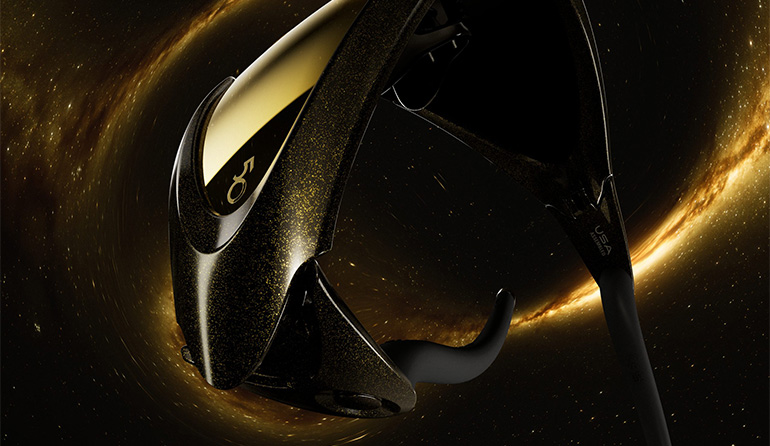
Despite The Eyeglasses Attention if You Cannot See Well!
Myopia and irregular astigmatism occur in patients with keratoconus. So, patients cannot see far or near very clearly. Their eye grades are constantly increasing and therefore frequent spectacle changes are required.
Ophthalmologist Op. Dr. Eyüp Özcan gave information about the subject. Keratoconus is a disease with progressive thinning and steepening of the cornea seen in 1 out of every 2000 people in the society. In the presence of this disease, there is a rapid increase in spectacle numbers and complaints of inability to see well despite eyeglasses. Keratoconus often occurs in adolescence and it is also known to start in childhood. The most common known cause of the disease is eye rubbing due to allergic eye diseases. If the correct allergy treatment is not performed and the eye is rubbed, the cornea mechanically weakens and keratoconus disease occurs with the activation of certain enzymes. Allergic eye diseases are more common and the incidence of keratoconus is also increasing, especially in countries like our country where the sun’s rays are steep. In adolescents with allergic eye disease, corneal topography should be performed even if there is no refractive error.
Keratoconus Symptoms
– Blurred vision (due to an increase in myopia and astigmatism over time),
– Distorted, oblique vision,
– Glare in the eye,
– Eye sensitivity to light, glare,
– Image proliferation
– Redness, itching and swelling of the eye
– Impaired night vision
– Incomplete placement of the previously used contact lens in the eye
– Frequent increase in spectacle numbers (especially myopia and astigmatism)
These patients usually have myopia and astigmatism refractive error. The presence of keratoconus should be investigated in patients whose spectacle numbers change rapidly. While vision is good with glasses in the early stages of the disease, eyeglasses are insufficient in the middle and late stages. In this case, hard gas permeable contact lenses specially produced for keratoconus can be used, but it should be known that they are not very comfortable to wear. In advanced cases, visual acuity can be improved by corneal ring application and phakic intraocular lens implantation. With early diagnosis of the disease, the progression of the disease can be stopped with a high success rate with corneal crosslinking operation and a good level of vision can be maintained for a lifetime. Unfortunately, corneal transplantation is the last resort for patients with corneas that are diagnosed late and too thin to undergo crosslinking. Op. Dr. Eyüp Özcan said, ”Keratoconus is a disease that creates a serious socio-economic burden on which many treatments are being developed all over the world. It is a preventable problem with early diagnosis and cross-linking treatment. Every patient under 18 years of age should be evaluated with corneal topography and corneal cross-linking treatment should be applied in the presence of progressive keratoconus.
February 2023




